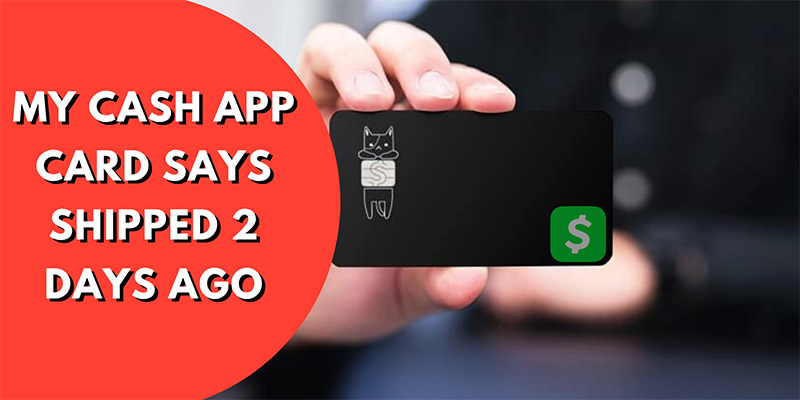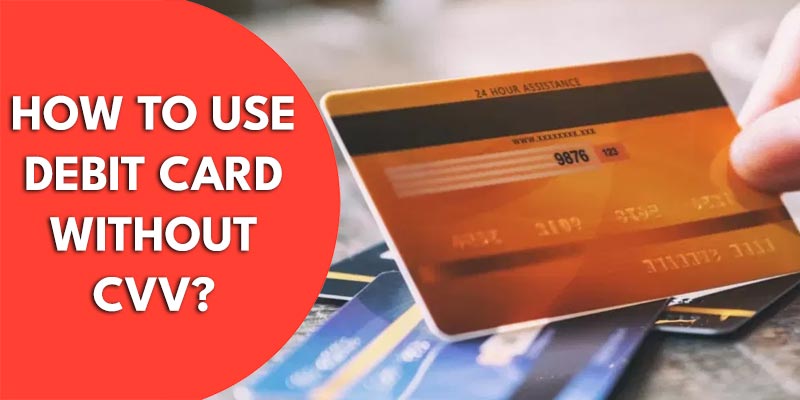You can use a debit card without a CVV by selecting “Submit without CVV” or using contactless payment methods. Using a debit card without a CVV can be done by enabling the card’s contactless feature or selecting vendors that allow transactions without a CVV.
Generally, a debit card is linked to your bank account and provides a convenient way to make purchases, pay bills, and access cash without carrying large amounts of money. But, you have to know how to use a debit card safely and efficiently.
Without CVV it’s hard to maintain security. It needs additional measures like monitoring account activity and setting up transaction alerts to protect yourself from unauthorized use.
Let’s explore various ways of how to use debit card without CVV to ensure a smooth and secure financial transaction process.
What is CVV?
CVV stands for Card Verification Value, and it is a three-digit or four-digit number on Visa, Discover, and MasterCard that is typically found on the back of debit or credit cards. The CVV is an additional layer of security that helps to verify that the person making the transaction has a physical card.
Remember, the CVV number is NOT your card’s PIN. You should not input your PIN when it asks to provide your CVV. CVV and PIN are completely different.
Why is the CVV Required?
The CVV is an essential part of the card transaction process because it helps to prevent fraudulent activity. By requiring the CVV, merchants can verify that the person making the purchase has the card physically in hand. This adds an extra layer of protection against unauthorized use of the card.
When you make an online purchase or complete a transaction over the phone, the CVV is often required. This helps to ensure that the person inputting the card information is the original owner cardholder and not someone who has stolen or obtained the card details.
The CVV is not stored in the magnetic chip of the card, making it difficult for criminals to access this information if they gain access to your card details.
Without the CVV, it would be much easier for fraudsters to make unauthorized online purchases using stolen card details. By including the CVV as a requirement, online merchants can significantly reduce the risk of fraudulent transactions.
Additionally, the CVV also provides an extra layer of protection in case your card details are compromised. If someone manages to obtain your card number, they would still need the CVV to complete most online transactions. This provides an added level of security and helps to prevent unauthorized charges on your account.
Type of CVV Number
The CVV’s complete form is card verification value. It is a unique number in consideration of your debit card’s number. This number ensures the authenticity of a financial transaction by evaluating the legitimacy of your debit card. Below are the different types of CVV.
- CID – The CID number is 4-digit. The American Express uses it. On your AMEX debit card, it is printed on the front side.
- CVV1– In this type of CVV, there is no number but an encrypted magnetic strip. This card is usually processed by swiping on the seller’s POS.
- CVV2 – It is a 3-digit number printed on the back side of your debit card in the signature slot.
- CVC2 – It is the same as the CVV2. The Mastercard uses this term instead of CVV.
Using a Debit Card Without CVV
Learn how to use debit card without CVV code. This step-by-step guide will show you how to make secure transactions even without the CVV number, ensuring a smooth and hassle-free shopping experience.
1. Online Transactions Without CVV
When it comes to online transactions, CVV (Card Verification Value) is an essential security feature that adds an extra layer of protection to your debit card. However, there are situations where you may need to use your debit card without providing the CVV code. Let’s explore how you can do this safely and securely.
a) Save your card details on trusted websites
Many online platforms allow you to save your card details for faster checkouts. In some cases, these websites may not require you to enter the CVV code every time you make a purchase. But remember to only save your card details on trusted and secure websites to minimize the risk of unauthorized use.
b) Use payment gateways that support no-CVV transactions
Some payment gateways have built-in mechanisms that enable transactions without requiring a CVV code. These gateways may use alternative security measures such as two-factor authentication or tokenization to verify your card. Before using such payment gateways, be sure to research their security protocols and reputation.
c) Use digital wallets
Digital wallets such as PayPal, Apple Pay, and Google Wallet provide users with a convenient and secure way to make online purchases without exposing their debit card information. These wallets often eliminate the need for CVV verification by using specialized encryption techniques and biometric authentication.
2. Phone and In-person Transactions Without CVV
In certain situations, you might need to use your debit card for phone or in-person transactions where the CVV code is not required.
- Phone transactions: When making purchases over the phone, some merchants may not ask for the CVV code if they already have your card details on file. But, you should verify the merchant and make them provide your debit card details to a trusted platform.
- In-person transactions: At physical stores, where you present your debit card for payment, the CVV code is not typically required. However, keep your card secure during the transaction to protect against potential fraud.
Why Use Debit Card Without CVV?
We think it is important that you understand the reasons behind using your debit card without providing CVV.
- First of all, in online transactions, the website and your browser go to save your card details. If you input CVV as well, there will be reduced protection against any hacker’s intervention in your stored data.
- Second, providing CVV means there is nothing left in your hand to protect any unauthorized purchases. If you haven’t set a two-step verification, there is a significant chance that you will lose money.
- Third, for some online sellers, no CVV is required at all. To purchase them, you do not need to insert the debit card’s CVV.
- Furthermore, sometimes technical issues orientation also directs you to not using CVV.
- Lastly, your debit card provider does not facilitate a CVV number at all.
Few Alternative Methods to No CVV
When it comes to using a debit card without a CVV, some alternative authentication methods can offer security and convenience. These methods provide different ways to verify transactions without relying on the CVV code.
1. Tokenization
Tokenization replaces sensitive card information, including the CVV, with a unique token for each transaction. Think of a token as a special key for making online payments.
When you buy something, you use the token to handle the payment, and all your important card details stay safe in a secure place. This method enhances security by reducing the exposure of sensitive details during transactions.
2. Biometric Authentication
Biometric authentication uses fingerprints, iris scans, or facial recognition to validate transactions. By utilizing a person’s biological characteristics, this method offers a high level of security and convenience.
Conclusion
In conclusion, using a debit card without a CVV seems challenging, but with the right precautions, it can be done safely. By following the above-mentioned steps, you can enhance your online security and protect your financial information.
Remember to check for websites with secure payment gateways, regularly monitor your account activity, and report any suspicious transactions immediately. With these measures in place, you can confidently use your debit card online without CVV. Happy shopping!



